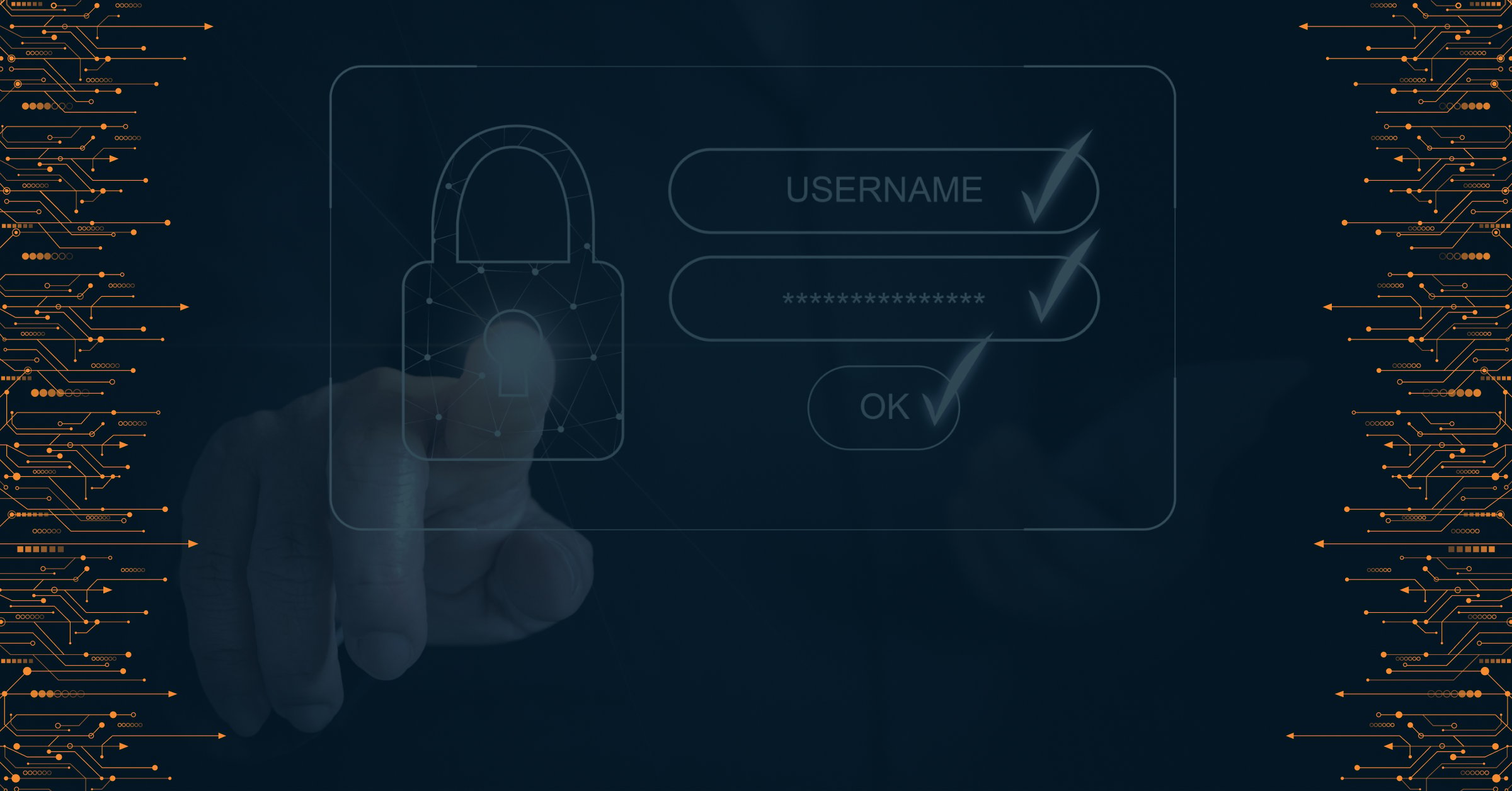Most businesses now spend a lot of resources on cybersecurity. After all, no company wants to be caught off guard. It’s 2023, and it has become crucial for enterprises to opt for the “right” cybersecurity approach. Well, this is where proactive and reactive cybersecurity approaches come into play.
Proactive Vs. Reactive Approach: Perspective
On average, data breaches cost companies almost $10 million in the United States. Both reactive and proactive approaches have their own unique perks and involve different tools and processes to improve cybersecurity efforts. Objectively, companies are better off with a proactive rather than reactive cybersecurity approach.
The proactive approach allows companies to improve cybersecurity resilience. It is a practical way for enterprises to make sure their assets and reputations are protected. Once businesses figure out the adoption benefits (and pitfalls) of these approaches, they’ll have a clearer idea about their cybersecurity position and what they need to do to strengthen their cyber defenses.
Proactive Approach to Cybersecurity
The proactive cybersecurity approach is different from the reactive – it focuses on “preventing” a potential cyberattack before it impacts the internal network. You can see proactive cybersecurity through the lens of getting a vaccine so that you’re safe from catching the common flu.
Opting for proactive solutions is a strategic cybersecurity approach that helps companies spot current vulnerabilities in their system or network “before” malicious elements can exploit them.
A proactive cybersecurity approach includes network monitoring, adversarial observance, employee training and awareness, collecting threat intelligence data, and penetration testing.
With a proactive cybersecurity strategy, you can opt for threat-hunting tools, pentesting solutions, cyber threat intelligence solutions, access management platforms, and intrusion prevention solutions.
Reactive Approach to Cybersecurity
The reactive approach requires implementing a specific mechanism to help businesses against cyberattacks. It involves “reacting” to malicious elements that may already have compromised network security. The reactive approach is like when someone experiences an illness like the flu and goes to see a doctor.
And once you take medicine, the body reacts to it. In the context of cybersecurity, this involves password managers, ad-blockers, spam filters, firewalls, and antivirus software. The reactive cybersecurity approach covers network anomalies and monitoring. It also involves the incident and forensics response “after” a breach has occurred.
Downsides of the Reactive Cybersecurity Approach
~ Failure to Comply with Current Regulation
One of the pitfalls of the reactive approach is that it makes it difficult for companies to keep up, let alone comply with regulations. Remember that GDPR compliance standards continue to increase. It means businesses need to implement a proactive strategy to ensure GDPR compliance and secure internal data from cyberattacks.
~ Failure to Detect Cyber Threats
One of the major drawbacks of the reactive approach is that it holds back companies from putting in place preventative measures. And this, in turn, makes companies two steps behind. A WEF report highlights that failure to detect cyberattacks and threats is low with a reactive approach.
The fact is that most companies miss out on the first signs of potential cyberattacks with a reactive approach. Consequently, it leads to more cyberattacks and makes companies vulnerable to malicious elements that wreak havoc.
~ More Data Breaches
A reactive approach in place means constantly dealing with cyber threats and attacks. And that’s because the reactive approach doesn’t involve a strategic and planned format. Instead, it involves responding or reacting to a cyberattack when it’s already too late.
How Companies Benefit from a Prompt and Proactive Approach
Companies should have a long-term approach to spot and deal with cyberattacks. This means adopting a proactive approach to build cybersecurity resilience for years to come.
Here are the main perks and reasons to implement a proactive cybersecurity approach:
~ Consistently Strengthen Cyber Posture
It’s no secret that cybersecurity challenges are spiralling out of control. However, proactive cybersecurity allows businesses to focus on a cybersecurity vision and maintain a safe environment. For companies, the major benefit of adopting the proactive cybersecurity strategy is that it helps them better understand the security landscape and opt for optimization that caters to their business needs.
~ Identify Internal Threats
Remember, for many data breaches, it comes down to insider threats as well. One of the benefits of adopting the proactive cybersecurity approach is that it allows companies to look inward. This allows businesses to stop and catch internal threats seamlessly.
~ Cost-effective
Contrary to what you may have heard, adopting a proactive cybersecurity approach doesn’t cost a fortune. As the saying goes, it costs less to prevent than to cure. With proactive cybersecurity, companies can save significant valuable resources and time in patching and securing cyber vulnerabilities before they become malicious and strike.
Wouldn’t you prepare for a potential cyber impact before it strikes or would you prefer cleaning afterward? The proactive approach saves companies from paying ridiculously high costs like settlements and fines. Mostly, the proactive approach saves companies from incurring costs that pop up after a data breach.
~ Better Prepared to Mitigate Cyber Danger
With the reactive approach, companies are more likely to be vulnerable to cyber threats and attacks. Cybercriminals have become more cunning and sophisticated in their tactics. The reactive approach involves relearning how to respond to threats and changing cybersecurity dynamics.
With the proactive approach, businesses don’t have to worry endlessly about responding to cyberattacks and risks and instead focus on preventing/mitigating cyber vulnerabilities and dangers in advance. With the right threat intelligence solutions, this means more efficiency and less workload for internal cybersecurity teams.
Move Past the Approach to Transform Your Cybersecurity
Small businesses usually have a minimal budget for cybersecurity. So, it makes perfect sense to embrace a proactive approach – rather than dealing with devastating consequences such as paying a lot of ransom money to cybercriminals. The reactive approach may seem straightforward and less costly – but it fails to help companies take immediate action, let alone avert dwindling cybersecurity issues.
Experts forecast that the cost of cybercrime will cross over $10 trillion by 2025. It means companies need to think beyond the traditional reactive approach. With a proactive approach, companies can spot threats and vulnerabilities beforehand.
Most importantly, the cybersecurity space has become vulnerable, and a proactive approach even helps companies observe cybersecurity trends and different environments across industries. For years, companies have had no choice but to depend on a reactive approach to deal with the onslaught of cyberattacks.
Final Thoughts
The reactive approach may have made sense a decade ago, but the best approach for enterprises to deal with cyber threats is the proactive approach. Besides, cyber threats continue to get more sophisticated and complex – or sometimes they are just good enough to go unnoticed without the right cybersecurity measures in place. And this makes it all the more important to opt for a proactive approach. In retrospect, proactive is a well-rounded strategy to compact and mitigate cybersecurity threats and risks.

PRODAFT Team
Stay up to date
Browse Posts
Browse by topics
- Cybercrime awareness (15)
- Cybersecurity for Businesses (10)
- Risk management (7)
- Cybersecurity Tips (6)
- Digital safety (6)
- Proactive Threat Intelligence (6)
- Cyber threat protection (5)
- Cyberattacks (5)
- Risk intelligence (5)
- Threat Prevention (5)
- Data Protection (4)
- Network Security (4)
- Phishing (4)
- Supply chain risks (4)
- TTPs (4)
- Artificial intelligence (3)
- Critical network infrastructures (3)
- Malicious websites (3)
- Malware (3)
- Social engineering (3)
- Data breaches (2)
- Insider Threats (2)
- NIS2 Directive (2)
- Ransomware (2)
- CISOs (1)
- Cryptocurrencies (1)
- Cyber espionage (1)
- Cyber extortion (1)
- Cyber fraud (1)
- Cybersecurity Collaboration (1)
- DDoS Attacks (1)
- Deepfakes (1)
- DoS Attacks (1)
- Fake social media (1)
- Incident Response (1)
- Internet of things (1)
- Money Laundering (1)
- Multi-factor authentication (1)
- One-day vulnerability (1)
- Remote Work (1)
- Stealers (1)
- SystemBC (1)
- The Cyber kill chain (1)
- Threat Intelligence solutions (1)
- Tor browser (1)
- Traffic Distribution System (1)
- Zero-day vulnerability (1)
- dark web (1)
- deep web (1)
- keyloggers (1)
- social media (1)
- spoofing (1)
- threat detection (1)



















